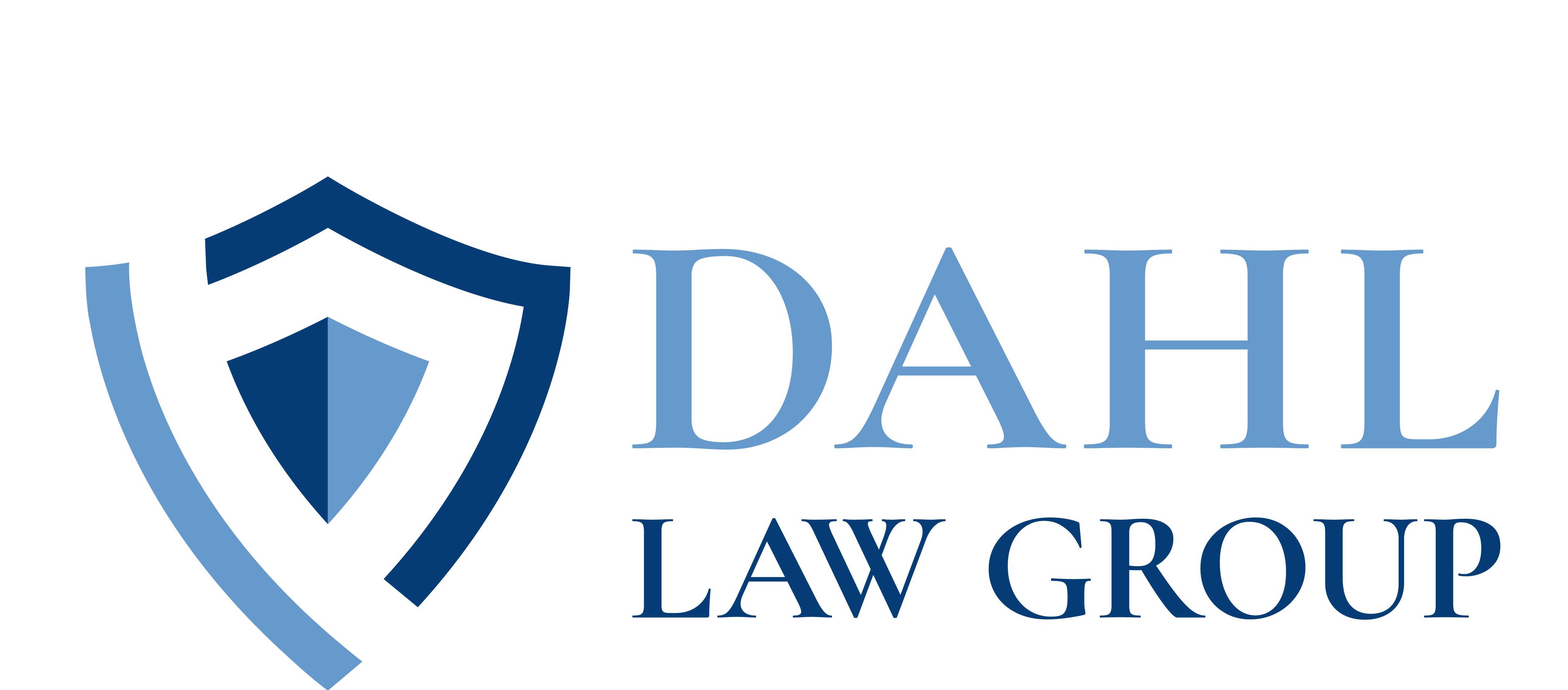
The days of working for a single employer for decades until you retire are over. Today, you are much more likely to change jobs multiple times during your career. According to the Bureau of Labor Statistics, today’s workers have held an average of 12 jobs by the time they reach their 50’s.
Since people change jobs so frequently, it is easy to see you might lose track of an old 401(k) or retirement account, especially if you only worked in a position for a short time. In fact, forgetting plans is quite common: it’s estimated that roughly 900,000 workers lose track of their 401(k) plans each year. And when you forget to cash out your 401(k) upon leaving a job, your former employer might no longer have control of your account.
Even if the company you worked for is still up and running, businesses terminate 401(k) plans all the time, especially during economic downturns. The company is required by law to contact you if they terminate the plan, but if they can’t locate you, the money can be transferred to a bank, rolled into an IRA, or even sent to the state’s unclaimed property fund.
If you’re looking to increase your retirement savings, one way to start is to make sure you haven’t lost or forgotten about any old accounts. Here are 6 tips for tracking down a missing 401(k).
- Contact your previous employers: If your former employer is still in business, the easiest way to find an old 401(k) is to contact them. You can ask the human resources department or the plan administrator at the company to search their records to find out whether you participated in the plan, and if they still manage your account. Be prepared to provide the dates that you worked for the employer, your name, and your Social Security number.
- Find the plan administrator’s contact details: If your former employer has shut down or merged with another company, you can try to contact the organization that administered the plan to see if they still control your 401(k). If you have an old statement, it should contain the administrator’s contact information. You can also contact former co-workers and ask if they have copies of old statements from the plan.
- Review the plan’s annual tax return: If you can’t access your old plan statements, you can try to find the contact information for the plan administrator via the plan’s tax return. Most plans must file an annual tax return, Form 5500, with the Internal Revenue Service and U.S. Department of Labor. Search the website www.efast.dol.gov by entering the name of your old employer to find this form.
The plan administrator’s contact information should be included on the 5500. From there, call the administrator, and ask for him or her to check on your account.
- Search unclaimed property databases: If you are unable to track down your account through your former employer or the plan administrator, you still have options. Depending on what happened to the company and how much money was in your account, there are a few different places to search.
The National Registry of Unclaimed Retirement Benefits offers a database where employees can register names of former employees who left retirement funds with them. By entering your Social Security number, you can search this database for free to determine if you have any unclaimed retirement account balances.
Additional online resources, such as missingmoney.com and unclaimed.org, similarly allow you to search for retirement assets in any states in which you’ve lived or worked.
- Search for default IRA accounts: If your old account had a fairly small balance, it may no longer be in a 401(k). For 401(k) accounts with balances of less than $5,000, a former employer might have rolled the funds into a default IRA account on your behalf. Default IRAs can be created when your former employer is unable to reach you to find out how you want the funds paid to you. You can search for such IRA accounts for free on the FreeERISA website.
- Search for terminated plans: If your former employer terminated its 401(k) plan, this doesn’t automatically mean your money is lost forever. The Department of Labor maintains a list of plans that have been abandoned or are in the process of being terminated. Search their database to find out whether the plan is in the process of—or has already been—terminated, and learn the contact details for the Qualified Termination Administrator (QTA) responsible for overseeing the plan’s shutdown.
Keep Track of Your Assets
The best way to keep track of your retirement accounts is to not lose them in the first place. Indeed, one of the most important parts of estate planning is to create a comprehensive inventory of all your assets, not just your retirement funds. By doing so, none of your assets will end up in our state’s Department of Unclaimed Property, and your family will know exactly what you have and how to find everything if something happens to you.
Use this resource to complete your initial inventory of your assets, and from there, schedule an appointment with us to create and maintain your full estate plan. And if you haven’t had any luck tracking down your old 401(k), we can assist with that too.



